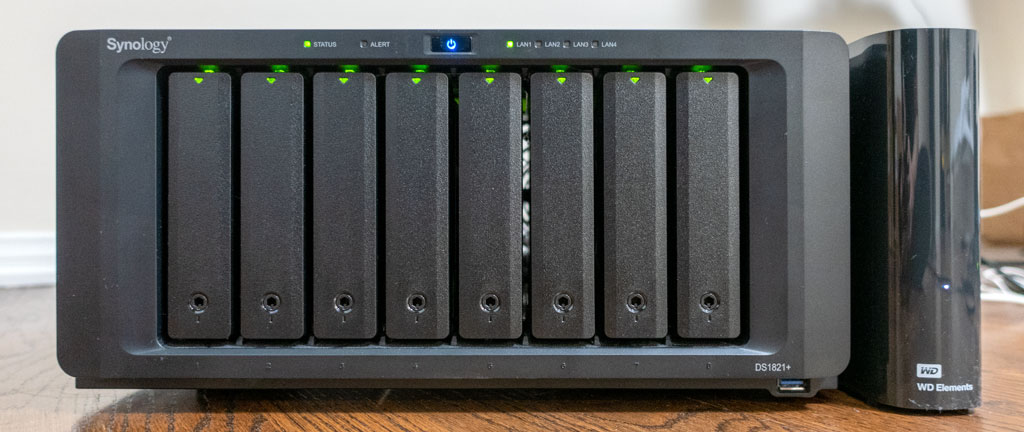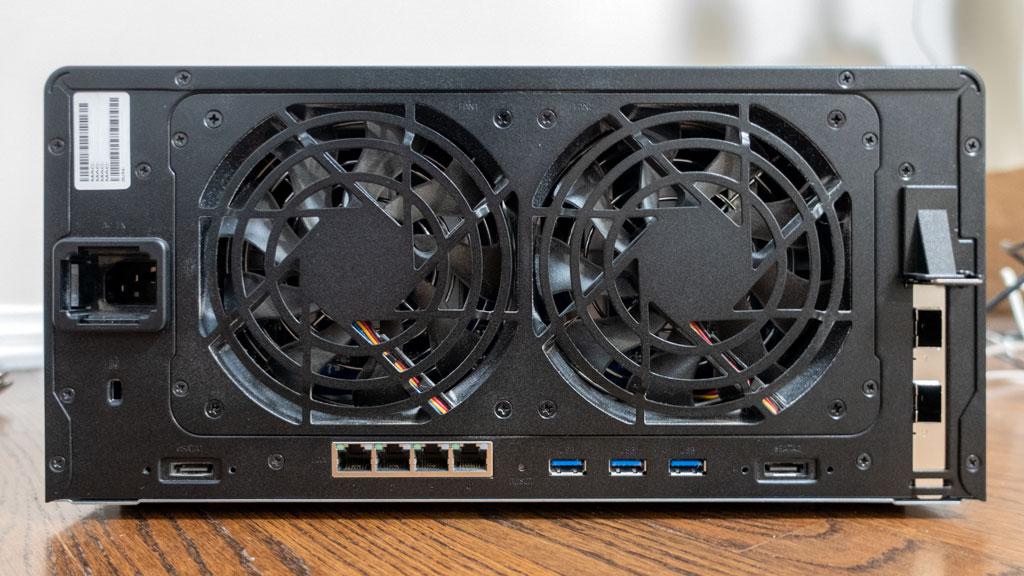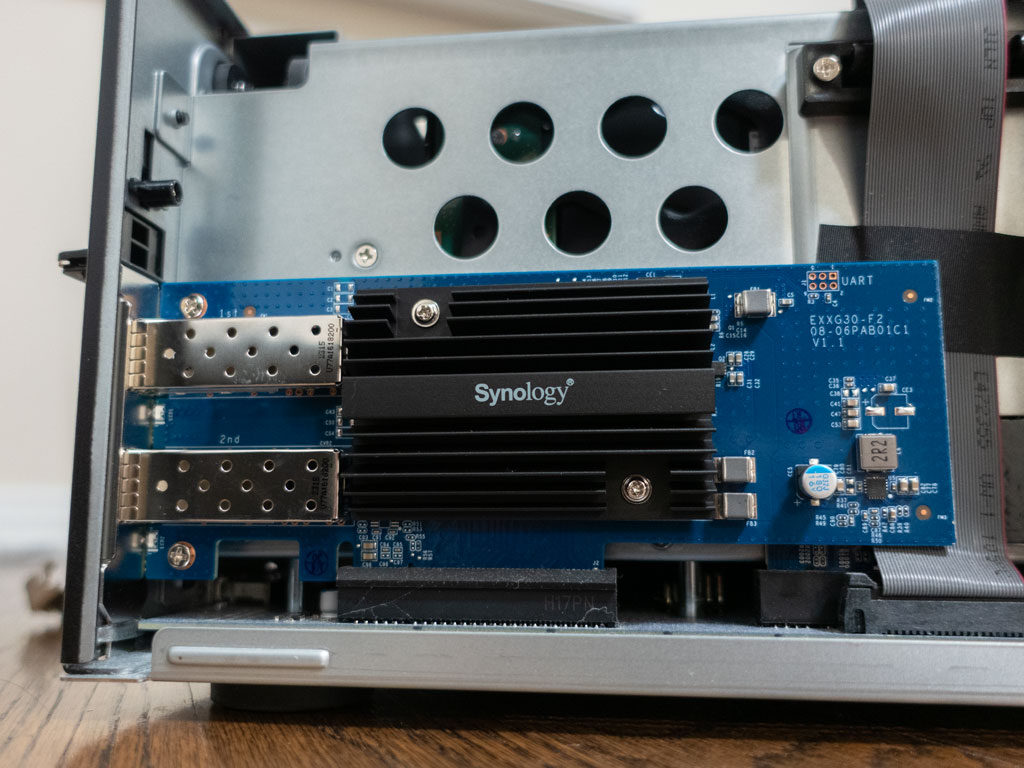My friend Doug Wreden is a full-time content creator and live streamer. Over the past few years, I have been making relatively frequent guest appearances in his content and collaborating with him on some of his projects, which has ultimately led to the cross-pollination of our audiences. Due to the vast size of Doug’s follower-base, it was inevitable that I receive a lot of questions about Doug.
Today is his birthday, so in celebration, I decided to release this FAQ about him. I’ve tried to include multiple wordings and variants of each question so you can try to use the Find command to search for a certain topic.
-
How did you and Doug meet?
Doug and I met in late 2017 as co-workers at Tempo.
Tempo currently focuses on game development, but in 2017-2018, its primary business objective revolved around esports and multimedia production. I joined Tempo in 2015 and held various roles throughout the years; I still work there today doing corporate operations.
Doug was hired in late 2017 as the Executive Producer to run our Hollywood studio. He resigned from Tempo in late 2018 to pursue independent content creation, which is what he is still doing today.
-
Are you and Doug roommates/housemates? Do you and Doug live together?
Doug and I have never formally been roommates nor housemates. Ever since 2018, I have been a resident of the Las Vegas Valley in Nevada; during that time, Doug has been a resident of Greater Los Angeles and the Seattle Metropolitan Area. With that being said, I do visit Doug a lot, so it is reasonable that some people would mistake us as roommates or housemates.
During the 2022 portion of my cross-country road trip, I stayed at Doug’s house in the Seattle suburbs in his guest bedroom and was in and out throughout the span of a few months. As of right now, I have a designated guest room at his new house in Los Angeles County where I stay during extended visits to Southern California. Because of this, we have technically “lived together,” even though I officially am and have been domiciled in Las Vegas.
-
Are you and Doug dating, or otherwise in some form of a romantic relationship? Can I write romantic fan fiction about you and Doug?
No, I am not gay.
I do not consent to my likeness being in works which include me participating in homosexual activity. With that being said, if you choose to write such works anyway, my opinion doesn’t matter and there is nothing I can or will do as long as you are not violating my right of publicity or otherwise committing commercial appropriation.
-
Has the extra attention you’re getting from Doug’s community been overwhelming or bothersome?
I’ve already been a public figure for a long time—I started formally creating content online under my personal likeness in 2008, hosting and commentating at live events in 2012, and consistently making various on-screen and on-stage appearances throughout the years since then. Because of this, I’m already familiar and comfortable with what being a public figure entails, and pretty much any amount of non-violent and non-extremist attention will not be bothersome to me.
With that being said, Doug’s community is unlike any other I’ve seen. I’d say about 99.99% of his fans fall within a broad scope of being “normal,” which is a much higher percentage compared to other public figures. However, the remaining 0.01% of his fans are the polar opposite—they are some of the most intrusive and obsessive people I’ve seen who have absolutely no sense of personal boundaries and are very out-of-touch with even the basics of societal norms.
Although that is a microscopically small percentage, due to the sheer size of Doug’s audience, that still ends up being a sizeable number of people. Even when we account for only a fraction of the fraction of those people finding me, that has still resulted in me having several instances where these people severely interfere with my personal life. I have had multiple cases of people impersonating me or pretending to be my employee; trying to make contact with my family, friends, and clients; and parroting Doug-specific jokes out-of-context and in a way that they would be easily misconstrued as statements of fact, thus effectively spreading misinformation about me (more on this below).
There are positives and negatives to everything, and this is one of the inevitable downsides of being a public figure. I’ve already accepted years ago that things like this are bound to happen at some point, and I have been taking a proactive approach implementing preventative measures to mitigate the effects of future incidents that may arise.
-
Why can we no longer joke about you being a lawyer, police officer, doctor, or murderer anymore?
Falsely calling me a lawyer and a police officer within the DougDoug community originated from the first time I made an in-person collaborative appearance on his Twitch and YouTube channels during which Doug spent a majority of the time trying (and failing) to come up with a scenario where I would use my firearm against him when I am not under immediate threat of severe bodily harm or death. My steadfastly sound judgment, refusal to use a firearm in any situation where it is not deemed strictly necessary, and above-average knowledge of the law birthed the jokes about legal professions and firearms.
Jokes like this on a personal level are fine, but due to the sheer size of Doug’s audience, people kept copying these jokes out-of-context. Doug is one of many friends whose content I appear on, and most people who know me don’t also know Doug, let alone the existence of that video. With the absence of contextual cues, people will take statements at face value and be tricked into thinking that I actually hold those professions or behavioral issues.
Practicing law without a license or impersonating a sworn peace officer is explicitly illegal, and so many people functionally accusing me of it by declaring it out-of-context ended up catching the attention of a law enforcement agency and triggering a legal investigation into the matter. There were also people review bombing my office and consulting service with these claims to the point where I couldn’t keep up and realized that the best course of action would be to just take down my page. Some people also found old collaborations and videos where I was a speaker at panels and posted ironic comments like “I’m surprised he didn’t shoot up the audience,” but there was no further indication whatsoever that the comment was intended to be satire, which prompted past business partners to reach out in concern.
I strongly support open and free speech, but when such speech contains indisputable falsehoods that cause material and articulable damage to my reputation, there starts being a problem. I have asked Doug to stop making these jokes and, to whatever extent he can, make his community also stop making these jokes as a form of damage control and reputational protection.
-
Do you expect it when Doug randomly calls you in the middle of stream? Do you know when Doug is going to call?
If Doug uses his cell phone to call me, it is always unplanned. There have been times when Doug has called me on the phone when I’m trying to find parking in a packed city, or in the process of driving to a restaurant, or out hiking on a random mountain, or in the middle of a business meeting with the CEO of Tempo. At the beginning of the call, I will usually tell Doug what I am doing. None of those were made up—I was actually doing those things when he had called at those certain points.
If Doug uses Discord to call me, it is a toss-up. If I play a material role in his stream for that day, it is always planned. For example, if I have to review something that Twitch chat helped him make on stream, Doug will let me know before going live and give me a time estimate of when I should be available to participate. However, if Doug has an impromptu thought or idea related to me and wants my input, and he also knows for sure that I am at my computer, he will opt to call me on Discord because the audio quality is a lot better than on cell phone.
-
How staged are your on-screen interactions with Doug? Does Doug act to you off-screen the same way that he acts on-screen?
Our on-screen interactions are sometimes planned, but never scripted or staged. We may go into a broadcast knowing how we want it to play out, but it is never more than a general understanding of the goal of the segment.
Doug does not fake his personality for his broadcasts—he actually acts like that in-person, albeit a bit of a toned-down version.
I am also not faking my personality when I am on Doug’s broadcasts, but there is one important point to keep in mind. Doug is extremely smart, witty, and clever, and he knows how to act and what to say to get the funniest reactions out of me. This ends up naturally emphasizing and spotlighting the aspects of my personality that complement well with Doug’s, while suppressing other aspects of my personality that might not be as relevant to the content.
-
What is the favorite piece of content you’ve done together with Doug?
In my opinion, Doug always creates a fun and welcoming environment for all guests on his broadcasts and shows, so I generally enjoy being a part of all his content to which I’m invited. However, as of today, there are two specific streams that stick out as being particularly memorable.
The first is the “I’ll have what he’s having” fast food challenge. It was a good bonding experience with Doug and his staff members, the concept was very fun, and a lot of hilarious moments came out of it. The way it played out was also so good that it felt like it was scripted—we got strung along with just the right amount of motivation (i.e., the orders were such a perfect size that it wasn’t crushingly easy, but it wasn’t also demoralizingly difficult), so it felt like I was watching a storyline on the edge of my seat, but I was a character in the story and everything was unfolding in realtime around me.
The second is eating a whole salmon in bunny costumes. I loved this stream because it was a ridiculous concept, there was a perfect amount of absurdity such that it was very chaotic but still manageably executable, and it was for a good cause in the sense that it was a charity stretch goal. As a bonus, the salmon was somehow miraculously delicious.
-
Can I send suggestions on what you and Doug can do together for a live stream or video?
Please do not send me content ideas to do with Doug (or with any of my other friends either, for that matter). I unfortunately do not have the time to handle the logistics of executing on ideas, so the effort you put into sending them to me will be in vain. Instead, I encourage you to reach out to the other party to see if they would be receptive. If they are, and also handle all the logistics of making a certain idea happen, then chances are good that I may be willing to be a guest on their show.
-
Who would win in a fight, you or Doug?
This is a strange question, because I don’t routinely consider fighting my friends, but with the unusually frequent occurrence of this question, I decided to put in some thought.
Ever since I was a kid, I have been involved in some form of martial arts or combat sport—I started with taekwondo, added on Brazilian jiu-jitsu, and later trained some Muay Thai and kickboxing. I’ve never been consistent with training and have taken many long breaks from it, but I’ve always gone back to it throughout my life. With that being said, I am a thin person, currently in the lightweight weight class and at one point even reaching as low as bantamweight.
Although Doug does not have as extensive of a combat sport background as I do, he is much, much larger and stronger than me, and his muscles are visibly multiple times the size of mine. He is currently a light heavyweight, which is six weight classes above me—quite the difference.
If I catch Doug with a quick knockout or submission early in the match, I have a chance at victory. However, due to my relatively poor endurance and strength, once we get into a grappling or brawling phase, Doug would win an overwhelming majority of the time.



